An amateur astronomer accidentally caught an exploding star on camera—and it gets better0
- From Around the Web, Space
- February 22, 2018
He was excited to test his new camera, but he also captured something totally unique.
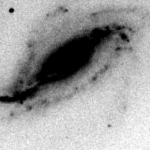
He was excited to test his new camera, but he also captured something totally unique.
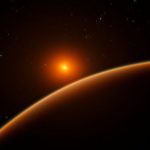
We learned more about neutron stars, found more planets and said goodbye to Cassini in 2017. We end the year with a better picture of the Universe than we started it with.
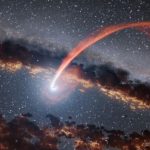
We all want there to be aliens. Green ones, pink ones, brown ones, Greys. Or maybe Vulcans, Klingons, even a being of pure energy. Any type will do.

This is meant to provide a brief analysis to explain the origin of several of the animal figures from the Gobekli Tepe temple site in Turkey, arising about 9000 BC and haralded as the earliest (known) temple of the world.
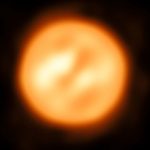
An international team of astronomers from Chile and Germany has managed to capture an image of unprecedented detail of another star — that isn’t the Sun — the red supergiant star Antares. The team has also made the first map of the velocities of material in the atmosphere of a star other than the Sun, revealing unexpected turbulence in the extended atmosphere of Antares.

It’s an explosive detective story.
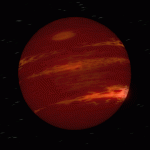
They form the same as stars, but have the kind of wild weather typically seen on Jupiter or Neptune.

The smallest star yet measured has been discovered by a team of astronomers. With a size just a sliver larger than that of Saturn, the gravitational pull at its stellar surface is about 300 times stronger than what humans feel on Earth.